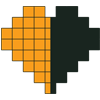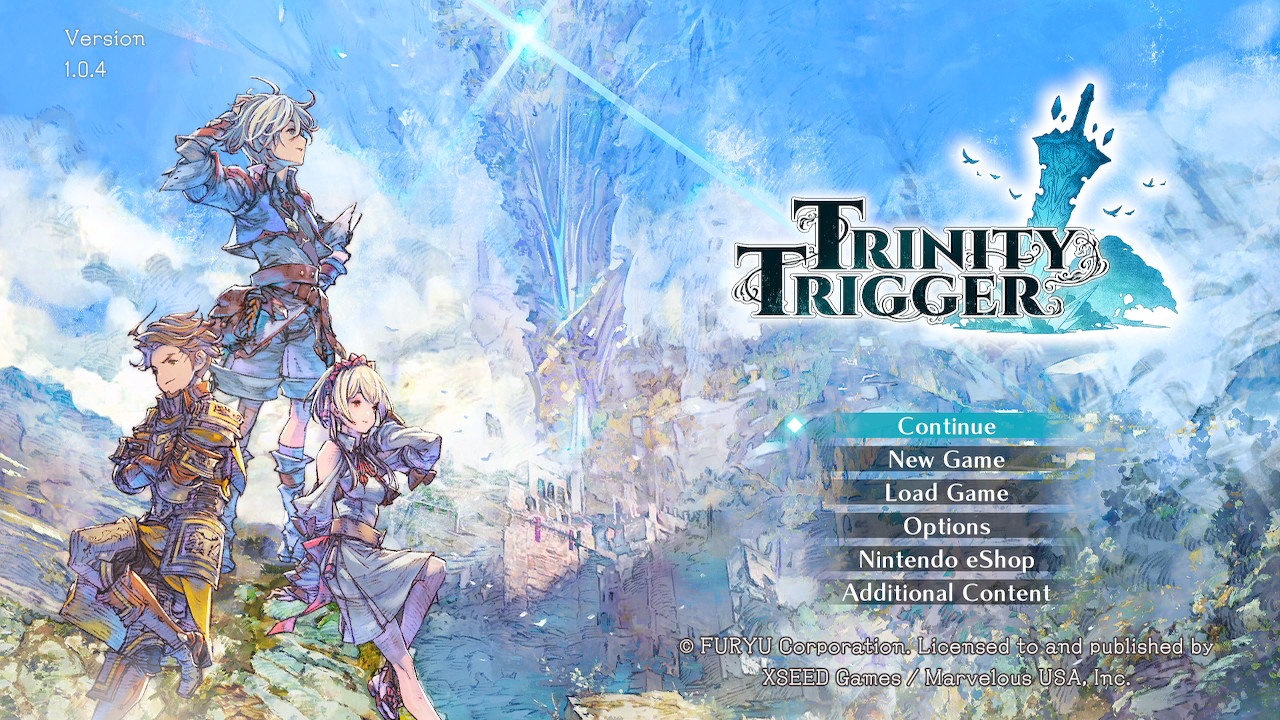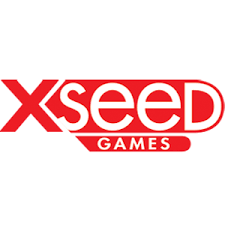Trinity Trigger Is One Of The Coolest Retro Inspired RPG’s You Can Play In 2023
Developed By: FuRyu Published By: XSeed Games Categories: ARPG, JRPG Release Date: 04.25.23
What happens when you take a team of incredibly talented people from the game industry, all of whom have extensive resumes across multiple gaming franchises, and put them all to work on the same project? The answer to that question is none other than Trinity Trigger, the newest action RPG from FuRyu. Trinity Trigger was localized by XSeed Games and will be released to western audiences tomorrow, aiming to become one of the standout titles of 2023.
Trinity Trigger is a game that I’ve been excited for since the localization was first announced and while I was at PAX East last month, I had the opportunity to check out the game for myself. I wasn’t really wowed with what was playable at the time, but that was mostly because the full game has a lot to offer and condensing everything into a bite-sized showing is difficult. With that said, I still enjoyed the demo and eagerly awaited the moment in which I’d be able to get my hands on my own copy.
But why was I so excited for the game to begin with? There are two main reasons, the first of which being that the game is marketed as one that channels the likeness of RPG’s from the 90’s. After looking at the art style and the Triggers (more about those later), the game made me think back to some of my favorite PS1 games. The other reason that I was really looking forward to the game was the impressive team of developers that were working on it.
The first name that really stood out to me was Yuki Nobuteru, who served as Trinity Trigger’s world builder. In the past, he’s worked on Trials of Mana and Chrono Cross as well as numerous other games and anime. The remaining core of the dev team include character designer Raita Kazama and scenario writer Yura Kubota. Between the two of them, they’ve worked on games such as Xenoblade Chronicles, Octopath Traveler, and Stranger of Sword City.
Lastly is the incredible soundtrack, which is composed by Hiroki Kikuta. Even if you don’t recognize the name, you’ve probably heard his music as he’s worked on Secret of Mana, Trials of Mana, Shining Hearts, and Indivisible. Before I even knew what the game was about, just knowing who was behind it was enough to give me hope that Trinity Trigger’s complete package would be one to rival some of today’s biggest games.
Upon starting up Trinity Trigger for the first time, the sound design was the first aspect that spoke to me, and it wasn’t just the music that I was liking. Each time that you load the main menu, one of the characters says the name of the game and you have the option of playing with either English or Japanese voices. Then when you start a new game, you’re met with a ton of fully voiced dialogue between the protagonist Cyan and his sister Firn.
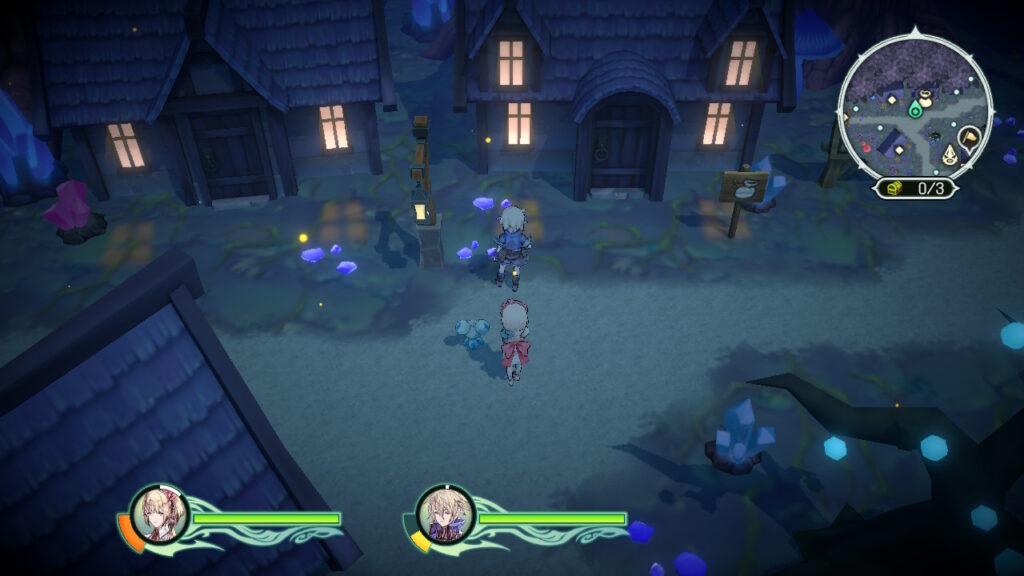
I love it when a game has fully voiced dialogue and I love it even more when said dialogue gets localized. There are many games that make their way to the west with translated text but only Japanese audio, so I have extra appreciation for games that fully dig their heels into English audio and XSeed has been one of the best. Over the past year I put way too many hours into Rune Factory 4 and 5 and thought XSeed did a great job with the English cast so I had high hopes for what they would do with Trinity Trigger.
In the end, my hopes were maintained pretty well. Sure, there were plenty of moments where there were simple one-liners or no voices at all such when you’re interacting with random characters or out in the field exploring. But there were also many scenes that were fully voiced and I loved that. XSeed also did a very good job at maintaining a solid list of cast members, all of whom did a very good job with their roles.
For instance, Cyan is voiced by Xander Mobus who you may recognize as Persona 5’s Joker. Some of the remaining English cast include the likes of Dani Chambers, Erica Mendez, Ricco Fajardo, and Brandon Winckler, all of whom have impressive resumes between games and anime. Many of the characters also have extensive backgrounds or intricate personalities and the cast did an amazing job at balancing the character to the voice and bringing them to life.
“I liked performing as Glaive because he’s older and dignified, but also very gruff,” said Joe Hernandez, Glaive’s English voice actor. “It was important for me to humanize him as much as I could rather than just focusing on the militaristic side of him. It can be challenging to balance out those qualities in a character while still making them likable.”
On the flip side of audio, the soundtrack turned out to be just as good as I had hoped for. The more I played the game, the more I fell in love with the music. There weren’t any songs that I felt were catchy or iconic but there were a ton of tracks that matched the tone and style incredibly well. The main menu theme grows on you once you’ve opened the game a dozen times and both the emotion and beauty of many of the story moments or characters can be heard across many of the other tracks.
With audio out of the way, the next aspect of the game to really have an impact early on are the visuals, though there isn’t much to say on this front. Trinity Trigger features a handful of cutscenes that are fully animated, and these moments look beautiful. I also really enjoyed the character artwork but that’s about it when it comes to stuff I really liked.
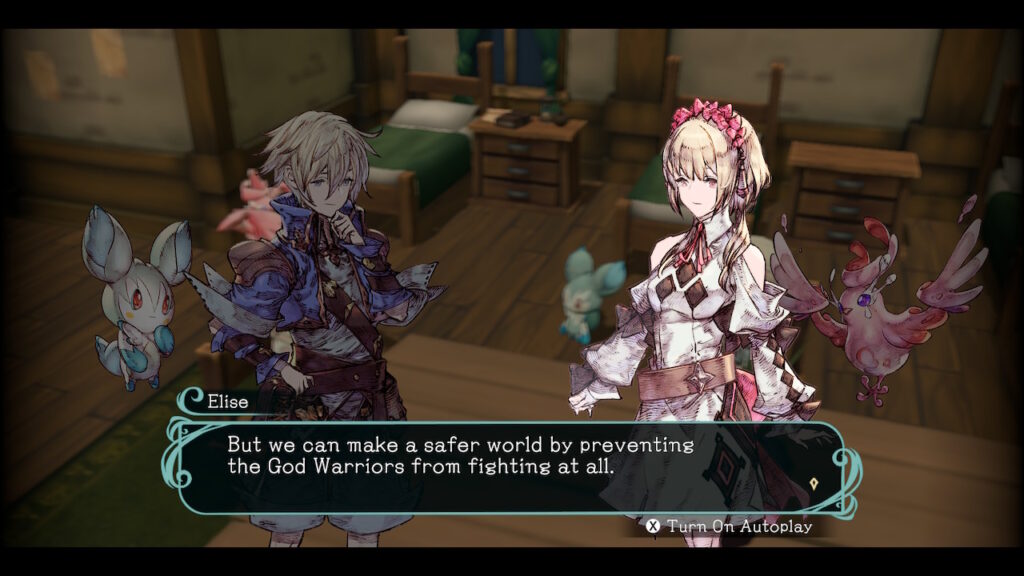
The overworld has a lot of color and charm, and many of the areas were full of detail and life, but I felt like these visuals were held back. Without the ability to turn the camera or zoom in, a fair bit of the beauty was lost, and certain parts of the map would become difficult to fully enjoy at times due to their size. This was even more prominent when playing in handheld mode. The villages and other areas still look good and are full of detail, but I just think these parts could have looked even better with larger objects and models.
Now that we talked about how Trinity Trigger looks and sounds, what is it about?
With the game quite literally around the corner, I don’t want to spoil too much about the story, but there’s a lot going on. Cyan is a young boy with a strange marking on his eye and he learns early on that the marking means that he was selected to take part in a long-running war between chaos and order. He’s essentially a warrior for the God of chaos and sets off on an adventure to learn more about his place in the war and about himself.
He does this with the help of the eponymous Triggers. They’re basically an animal companion that can take on the form of a weapon for Cyan to wield. Triggers start off as a single weapon but as the game progresses, you unlock the ability to turn them into additional weapons and upgrade their attacks. For me, the way Triggers look and fight was reminiscent of toys in an old-school RPG called Guardians Crusade, rather than creatures from the likes of Pokemon or Digimon.
But that doesn’t mean there aren’t similarities. One cool aspect about the triggers that I don’t think many people realize is that they were designed by a team that includes people who have previously designed Pokemon including Atsuko Nishida, Tomohiro Kitakaze, and Megumi Mizutani. Pikachu and the gen 1 starters were all designed by Nishida and more than 60 Pokemon in total were designed by the trio. Can you see the resemblance?
As for the gameplay, I really enjoyed the combat system, which was both fun and challenging at times. When you have a group of enemies right by you, combat can be very fast paced and lots of fun but keeping an eye on the stamina wheel could sometimes force you out of a battle to give it time to recharge. You don’t need to let the stamina wheel recharge but your attacks will deal significantly less damage if you have no stamina left.
What would normally take one or two swings of your sword might take 3 or 4 without stamina so the second or two you would lose from backing up may actually save you some time in the long run. This is even more important when you’re battling a boss because they have a sort of armor bar that needs to be depleted before your attacks start dealing direct HP damage.
You only get a moment or two before the secondary bar regenerates so doing as much damage as possible is the priority during these moments. With that said, there’s also a plethora of other combat options between changing up your Trigger weapon type and messing around with your items.
It’s never enough to hack and slash your way through fights or else you’ll either run out of HP or the battle will take forever. Each battle, no matter how easy it is, takes a decent level of critical thinking to make sure that you’re fighting as efficiently as possible and that’s an aspect that I really enjoyed about the game. For example, the weapon wheel let’s you freely change between eight types of weapons in a short amount of time, meaning you can change your strategy and play style on short notice.
Another gameplay aspect that I really enjoyed was its insane item and experience system. Whenever you break an object or defeat an enemy, there’s a very high chance that you’ll get some sort of loot. You can use these items to heal, to sell, or to craft into all sorts of useful items. But there’s literally no shortage of item drops, and you can quickly find yourself carrying hundreds of items.
Near the start of the game, I wanted to do a little experiment to see how quickly I could get a ton of items and craft materials, so I timed myself running from Woodroost to Astrum and defeated every enemy as fast as possible. The entire run took around 100 seconds and from all the enemies and crates, I collected a whopping 21 items, which I was able to sell for 4,520 Liba. I went back and forth doing this for around 20 minutes and ended up with 100,000 Liba before even starting the first quest in Astrum.
I’m sure there will be many people that say this could make the game too easy because it effectively means quick and unlimited resources and money. But as the game progresses, this also becomes a fun way to make yourself overpowered or to make sure you have as many copies of the specific items that you need while also gaining a ton of experience. It became a really fun grind for me.
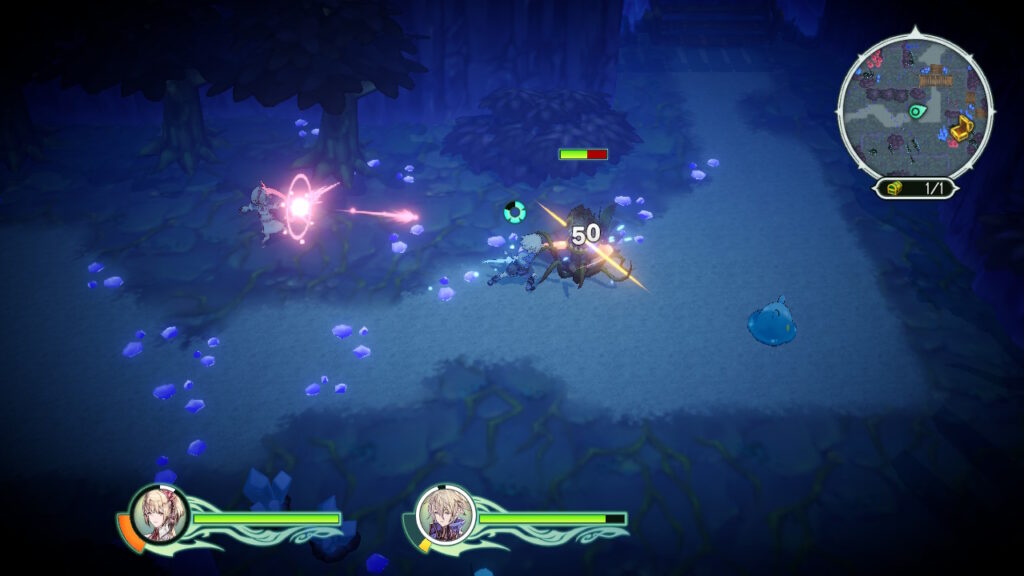
When it comes to things that I didn’t like about the game, they were few and far apart. My main complaint has to be the size of each explorable area coupled with loading screens. This was especially a problem for me during the first hour or two of gameplay. For instance, when you leave Woodroost for the first time, you travel through a few linear areas until you reach Gladius. I really like these areas because they look good and never have a shortage of monsters to fight, but there were a few minor issues here and there.
Some of these gameplay areas are so small that you can run from one end to the other in under 10 seconds and every time you transition from one area to the next, you’re faced with a loading screen. it’s a pretty quick load, but because of how small the early areas were, the load screens were incredibly frequent. During the early parts of the game, there were times where I’d see two or three load screens in a minute and there were times where I feared that by the time I finished the game, 10 to 20 percent of my playtime would be loading.
This became less of an issue after the first few hours as the exploration areas grew but were quite annoying at the start of the game.
Do I recommend Trinity Trigger? Let me put it this way, it’s a really good game that has an all-around amazing package and it’s a very affordable game too. I would gladly pay the average retail price of $60 for this game because it’s a relatively long RPG with a good story, great music and voice acting, and really good visuals at times. The game itself is worth $60, but by paying $60 you get so much more because the Day One edition at that price also gets you a two-disk soundtrack and a softcover artbook with more than 100 pages of stuff from the game.
You can also buy a digital copy of the game by itself for $50 but the Day One edition is really the way to go and is an overall fantastic deal for that price. You can also get a physical European copy of the game from Play-Asia without the extra stuff for only $40 but it doesn’t look like it will ship until next month. Trinity Trigger is lots of fun and is a beautiful experience overall. It’s even better if you take advantage of the co-op and play with up to two friends, but that wasn’t something I was personally able to check out.
4.5/5




